by David Alan Johnson
After its capture, U-505 became USS Nemo and was manned by a U.S. Navy crew. The submarine’s main duty was to sell war bonds, and the former enemy vessel visited seaports up and down the Atlantic coast during her bond tour. When the war ended in September 1945, the submarine was tied up at the Portsmouth, N.H., Navy Yard. She was to have been taken out into the Atlantic and sunk as part of the agreement between Britain, France, the United States, and Soviet Russia to destroy all U-boats. However, because U-505 had been captured at sea as opposed to having surrendered at the end of the war, she was exempt from this agreement. Instead, the submarine rusted at Portsmouth.
[text_ad]
Captain Gallery’s brother, John Ireland Gallery, a Catholic priest, Naval Reserve officer, and a native of Chicago, came up with the idea of moving U-505 to Chicago’s Museum of Science and Industry. The museum’s director was all for the idea and approached the Navy Department about acquiring the submarine. The Navy was glad to be rid of the rusting white elephant, but it took Congress two years of resolutions, waiting periods, and approvals before it got around to taking action.
Gallery, who had been promoted to rear admiral by this time, summed up the situation very nicely. Getting U-505 to the Museum of Science and Industry “involved acquiring title to the U-boat, making it seaworthy, towing it to Chicago, dragging it out of the water and hauling it across the busiest thoroughfare in the city to the museum, restoring it to presentable condition, and installing it as a permanent addition to the museum’s main building.”
“Drive Carefully—Submarine Crossing.”
Every one of these things was accomplished, although not without difficulty. Gallery thought it was more trouble moving the U-boat from Portsmouth to Chicago than from the Cape Verde Islands to Bermuda. The last part of the trip, from Lake Michigan to the museum, was made overland, crossing Lake Shore Drive, and it was probably the most difficult. Someone even posted a sign: “Drive Carefully—Submarine Crossing.”
On September 25, 1954, U-505 became part of the Museum of Science and Industry. The submarine rested on its base outside the museum, a permanent memorial to the 55,000 Americans who lost their lives at sea during World War II.
For over 40 years, the boat was a museum fixture. At least 24 million people visited the submarine, and U-505 became a National Historic Landmark in 1989. By the 1990s, nearly a half-century of wind, weather and pollution had taken its toll. In 1997, the decision was made to restore the U-boat and move it indoors where weather, and pollution could not get at it.
The boat was moved 1,000 feet to a 75-by-300-foot pen. The procedure took several days and required 18 sets of dollies, hydraulic equipment, several jacks, and the services of several structural engineers. A crew of six men spent five months cleaning and repairing the hull and several more months going through the boat to strengthen and reinforce places that had eroded since 1954. About 3,200 pounds of rusted steel were removed from the boat, and it was repainted inside and out. Special attention was given to the paint scheme. The German Navy had put considerable thought into determining which shades of gray should be used on the exterior, and German manuals were consulted to ensure authenticity.
The centerpiece of the new exhibit is the submarine itself, but other items are displayed as well. Among them are an Enigma machine from the boat, taped narratives from veterans of the operation, a T-5 acoustic torpedo, and exhibits that illustrate the history of the Battle of the Atlantic.
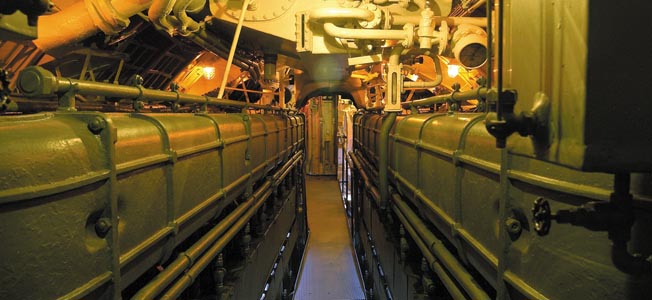
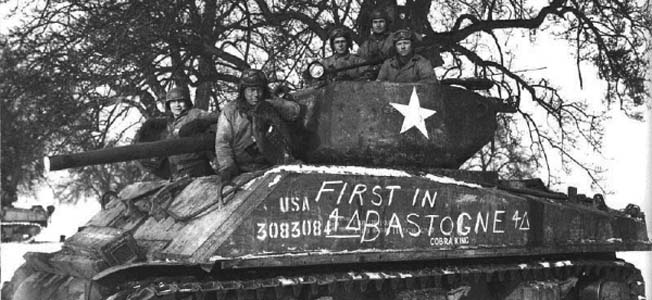
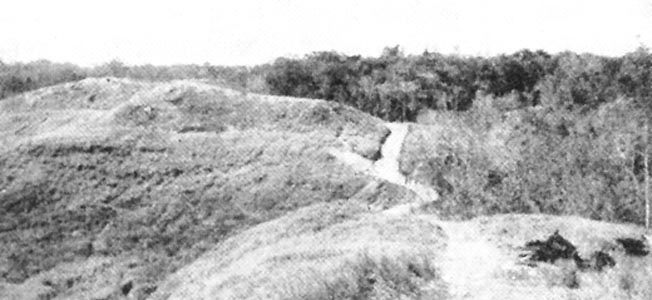
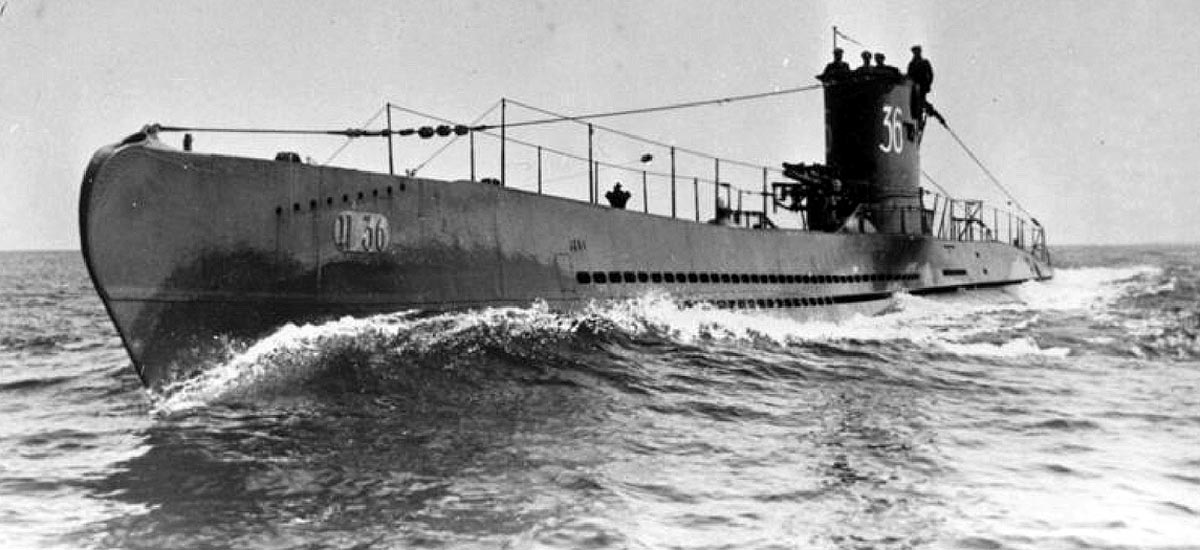
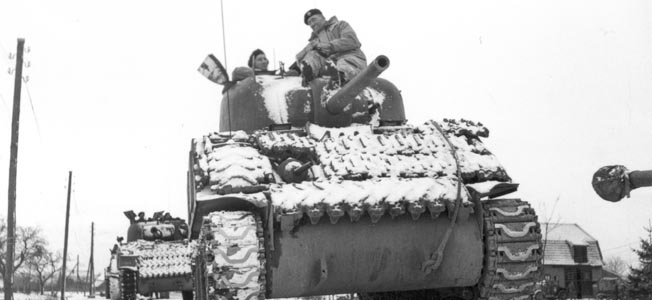
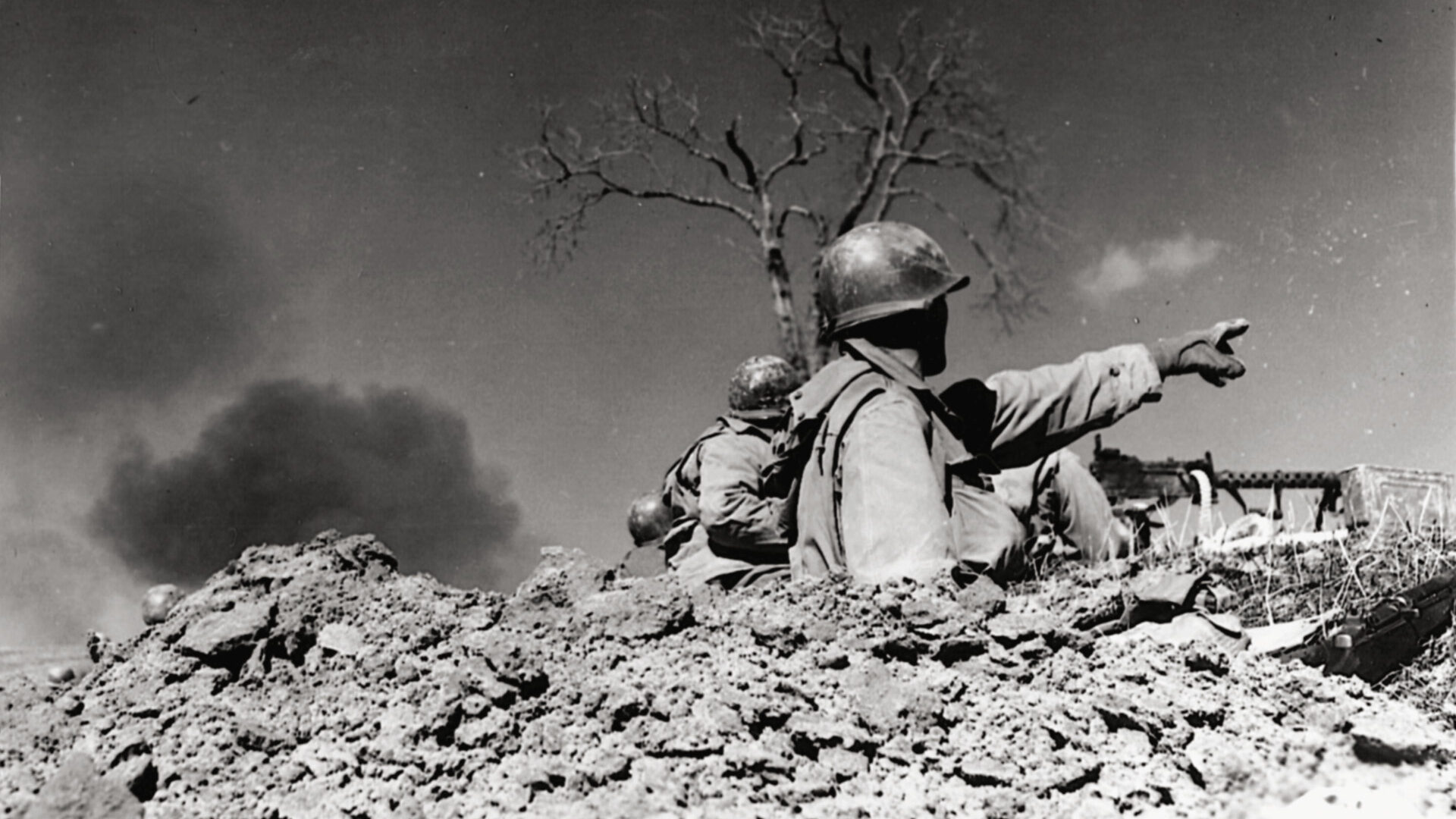
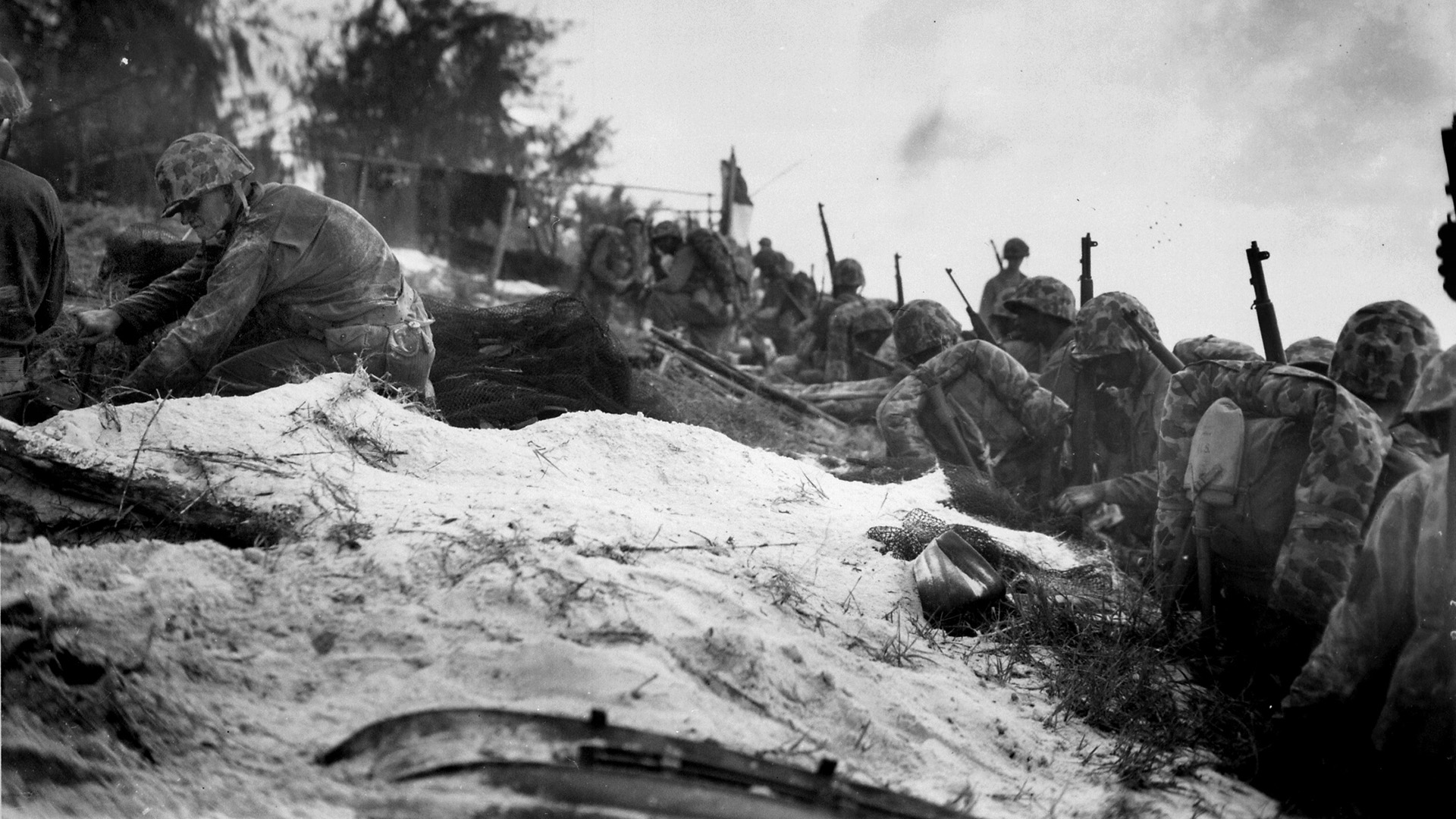
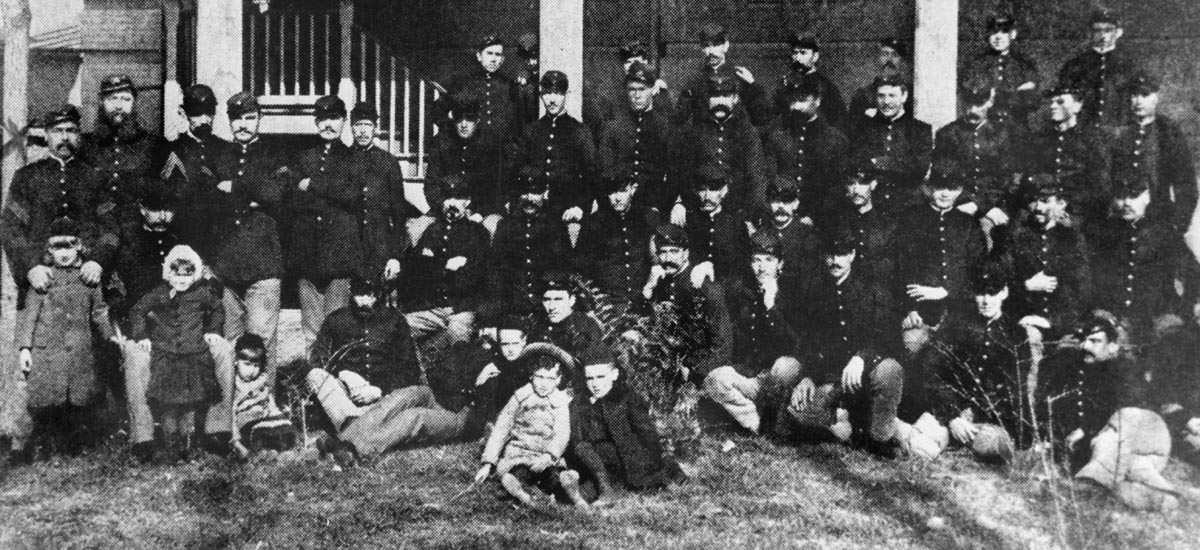

My classmates and I toured the submarine several times on grade school field trips to the museum in the late 1960’s. After a short movie documenting the capture we entered the sub through a doorway cut into the hull to allow entry as it was impractical to access it through the topside hatches. It was, and is, amazing to see the living and fighting conditions of a submarine from that era. Highly recommended if you live in or are visiting the Chicago area.